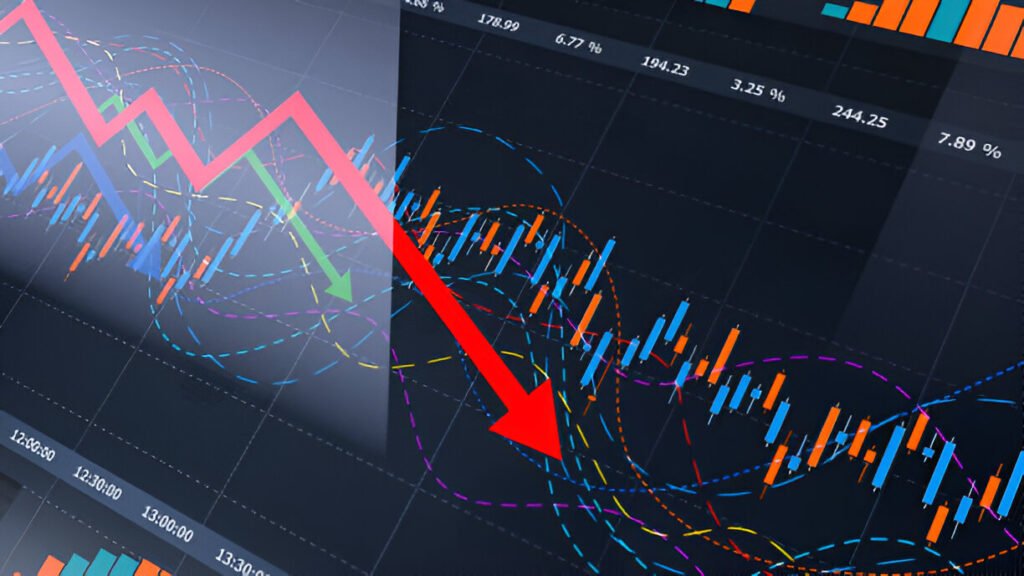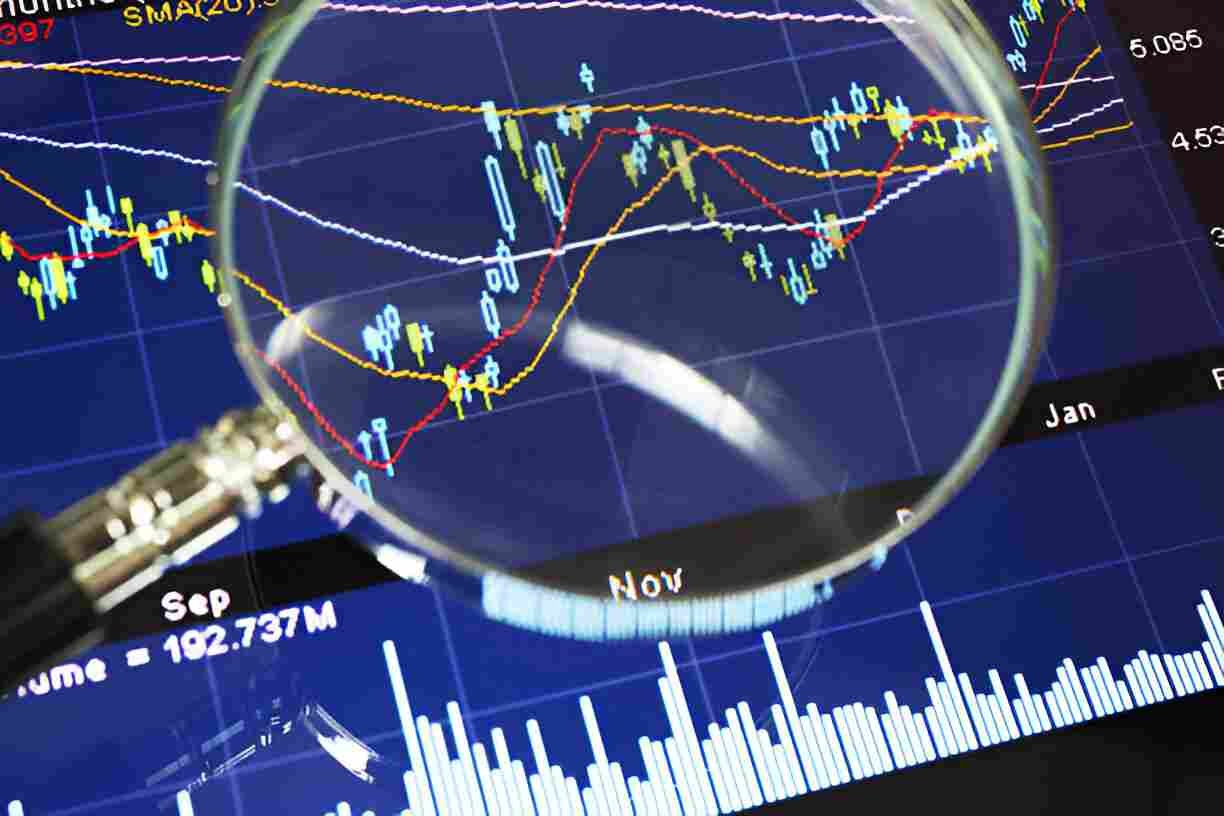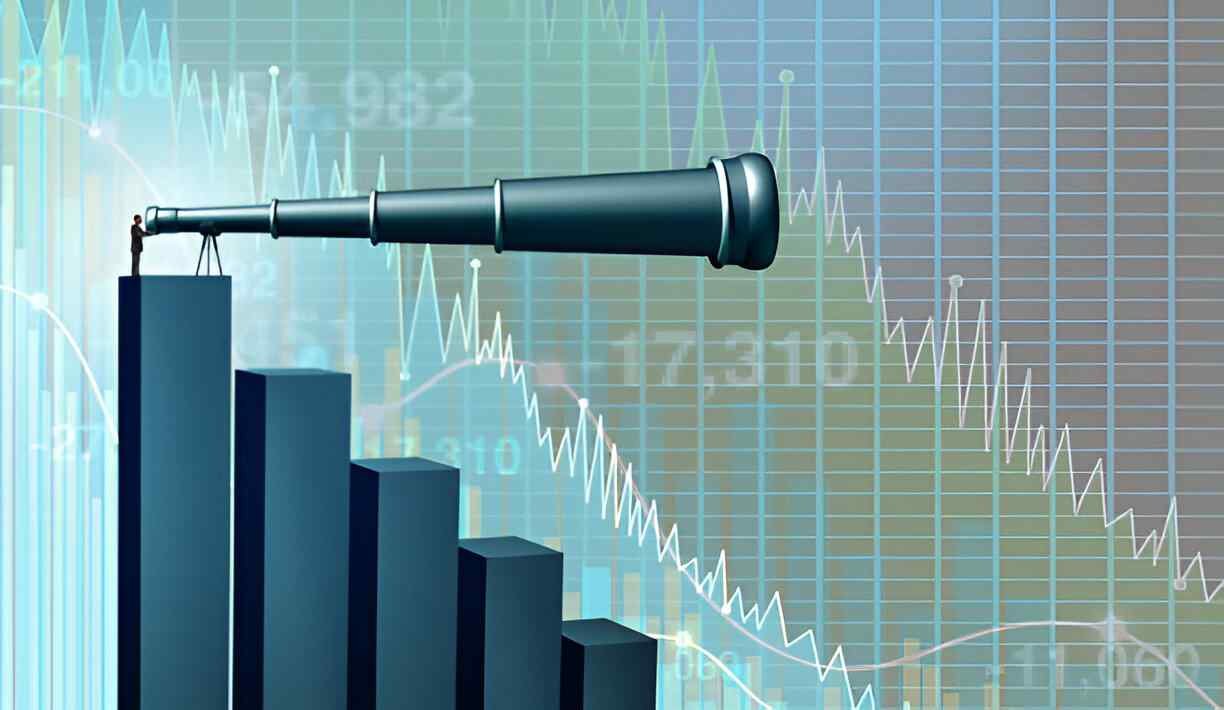Introduction
Investors rely on earnings projections to assess a company’s future performance. However, political and regulatory changes can significantly impact these forecasts. Governments create the rules of the game, and when they change, businesses must adapt. From tax policies and trade agreements to environmental regulations and labor laws, every decision made in Washington has ripple effects across industries. Understanding these impacts allows investors to make informed decisions and avoid costly miscalculations.
The Relationship Between Politics, Regulation, and Earnings
Political decisions shape the business environment. Regulations define the constraints within which companies operate. When policies shift, costs, revenues, and risk profiles change, altering future earnings projections. Below is a breakdown of the key ways political and regulatory changes affect corporate earnings:
| Factor | Impact on Earnings |
|---|---|
| Corporate Tax Changes | Direct effect on net income and free cash flow |
| Trade Policies | Influence supply chain costs and market access |
| Labor Laws | Affect wages, hiring practices, and productivity |
| Environmental Regulations | Increase compliance costs or create new business opportunities |
| Antitrust and Competition Policies | Determine market dynamics and profitability |
| Monetary and Fiscal Policies | Affect interest rates, borrowing costs, and consumer spending |
Corporate Tax Changes and Earnings Projections
Corporate tax rates directly influence net profits. Consider a scenario where a company earns $100 million in pre-tax income:
Before Tax Change:
\text{Net Income} = 100,000,000 \times (1 - 0.21) = 79,000,000After Tax Increase to 28%:
\text{Net Income} = 100,000,000 \times (1 - 0.28) = 72,000,000This 7% decrease in net income affects earnings per share (EPS), valuation models, and investor sentiment. Lower net income often translates into reduced stock prices, as investors adjust their expectations.
Trade Policies and Their Effect on Business Profits
Trade policies can benefit or harm companies depending on their reliance on international markets. Consider a company importing raw materials from China. If tariffs increase by 10%, their cost structure changes:
| Scenario | Raw Material Cost | Tariff | Total Cost |
|---|---|---|---|
| Before Tariff | $50M | 5% | $52.5M |
| After Tariff | $50M | 15% | $57.5M |
A $5M increase in costs reduces gross margins unless the company passes costs to consumers, which may lower demand. Similarly, tariffs on exports reduce competitiveness, impacting revenue and profitability.
Labor Laws and Workforce Costs
Changes in minimum wage laws, overtime rules, or union policies directly affect expenses. If a retailer employs 50,000 workers at $15/hour and the minimum wage increases to $18/hour, the additional cost is significant:
\text{Additional Cost} = 50,000 \times (18 - 15) \times 40 \times 52 = 312,000,000A $312M annual increase in labor costs forces companies to either raise prices, cut jobs, automate, or accept lower profit margins.
Environmental Regulations: Cost vs. Opportunity
Stricter environmental policies can increase compliance costs but also create new revenue streams. Consider auto manufacturers shifting to electric vehicles (EVs) due to emission standards. While compliance costs rise, subsidies and consumer demand for EVs generate new income opportunities.
| Regulation | Compliance Cost | New Revenue Potential |
|---|---|---|
| Fuel Efficiency Standards | High | Low |
| Carbon Tax | High | Moderate |
| EV Incentives | Moderate | High |
Investors must weigh these factors to determine net effects on future earnings.
Antitrust Laws and Market Power
When regulators enforce antitrust laws, dominant companies lose pricing power and face increased competition. Consider Big Tech, where potential breakups of monopolistic firms threaten future profitability. A split reduces economies of scale, impacting margins and earnings projections.
Monetary and Fiscal Policies: The Indirect Influence
Government spending, interest rates, and inflation impact corporate earnings indirectly. If the Federal Reserve raises interest rates, borrowing becomes more expensive:
| Rate | Interest on $1B Debt |
|---|---|
| 2% | $20M |
| 5% | $50M |
A $30M rise in interest expenses reduces net profits, affecting companies with high debt exposure.
Case Study: The Impact of the 2017 Tax Cuts and Jobs Act (TCJA)
In 2017, the U.S. reduced corporate tax rates from 35% to 21%, fueling an earnings surge. Companies like Apple repatriated billions, increasing share buybacks and dividends. The S&P 500 saw a record-breaking bull run as earnings projections soared. However, the long-term deficit impact remains debated.
Conclusion: How Investors Can Navigate Political and Regulatory Changes
Understanding the impact of political and regulatory changes on earnings projections is essential for making informed investment decisions. I always monitor legislative developments, analyze company-specific exposure, and adjust valuation models accordingly. Investors who anticipate these shifts can protect their portfolios and seize opportunities when the market overreacts.




